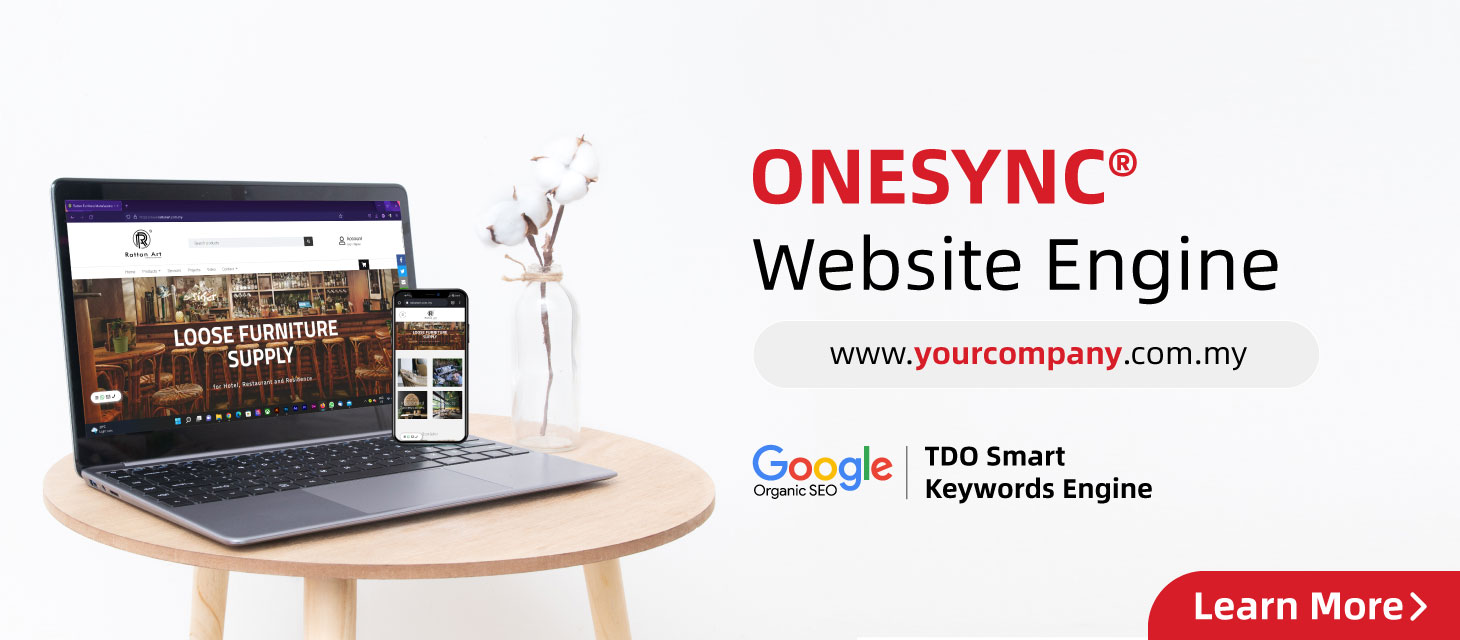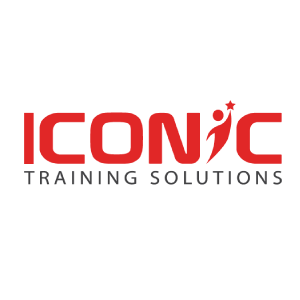Effective Performance Monitoring, PIP Management & Misconduct Management
Duration: 2 DaysIntroduction
There is an inseparable relationship between performance monitoring and PIP. A company with poor performance monitoring system in place may often find themselves having many consistent underperforming employees that will be required to be put into a PIP. Therefore, it is crucial to first get the performance monitoring part right so we could avoid putting employees into PIP. This program also provides some insights on the common misconducts faced in companies.
Learning Outcomes / Benefits
- Describe the better practices to manage employee’s performance on a regular basis
- Prepare and carry out the PIP using the right steps, manner and tools
- Learn best practices to manage common misconducts in line with Industrial Relations Act and guidelines
Key Content
Module 1: Introduction to Performance Management System
- The 4 stages of Performance Management System (PMS)
- The timeline of PMS cycle
Module 2: Performance Monitoring Stage of PMS Cycle
- Why is it so important?
- Best practices of conducting performance monitoring
- Proper steps to be taken when noticing non-performance
Module 3: Coaching & Mentoring Non-Performers
- Coaching skills – GROW model
- Video: Practical approach to coach
- Questioning techniques in coaching
- Role play: Coaching skills application
Module 4: Introduction to PIP
- What is a PIP? What it is not?
- Checklist – When to put an employee into PIP
- What is consistent underperformance?
- Analysing the causes of underperformance
Module 5: Conducting a Proper PIP
- Parties involved in a PIP
- Critical success factors of PIP
- The steps in conducting a PIP
- Possible outcomes of a PIP
- Tools for PIP: Sample of PIP initiation letter, PIP template & PIP policy
Module 6: Possible Concerns and Challenges in PIP
- Employee refusing a PIP
- Employee not cooperating during PIP
- Lack of support from immediate superior
Module 7: Common Issues / Misconducts in Workplace
- 11 common misconducts & how to manage them
- Managing probationers
Closing
- My 3 Commitment: Post Training Action Plan
Target Audience
This course is intended for HR practitioners and employees with leadership roles.
Methodology
The course will be conducted in an interactive learning mode in order to encourage active learning among the participants. Methods of training include group discussions, slide presentations, role play, games and opportunities for self-reflection and action planning.









